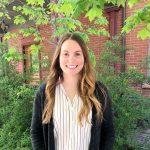Utah has a long tradition of welcoming refugees to our state. Salt Lake County, in particular, is home to the majority of Utah’s almost 60,000 refugees who have been resettled through the International Rescue Committee (IRC) and Catholic Community Services of Utah. Both resettlement agencies help refugees rebuild their lives in a new place, helping newly arrived families navigate a new culture and new language, secure housing, food, jobs, health services, and more.
Utah Clean Energy’s Empower Communities initiative, backed by Salt Lake City’s Sustainability Department, is privileged to work with the IRC in Salt Lake City, and more recently Catholic Community Services, to bring energy efficiency resources and climate solutions to recently resettled refugee who now call the Salt Lake Valley home.
One core goal of Empower Communities is to address challenges that prevent underserved communities from accessing information and benefits of energy-saving resources. Refugee clients can face language and cultural barriers that make it difficult to access energy efficiency tools, which may result in higher energy bills for households who may already be financially constrained. This is why it is crucial to make communication and outreach equitable, by tailoring (to the best extent possible) resources to fit each unique community.
Overcoming language and cultural barriers is a complex challenge, one that we continue to learn about, work on, and try to improve upon. One learning experience was an energy efficiency lesson with the IRC’s Homebuyer Class, providing customized education about energy efficiency and simple actions families can take to save energy and money. We developed content and materials with an equity lens to make sure clients could get the most out of the lesson. Along the way, we learned a few important lessons for developing materials that are more equitable and accessible for everyone, with marginalized communities at the center:
Tip #1: Be Aware of Blind Spots
It is paramount to recognize our individual privileges and various identities in order to commit to tangible equity and justice work. If your individual identity is different from the people you are engaging, especially if you come from a position of privilege, it is important to be aware of any blind spots that might come up. It is more effective to collaborate and work through trusted community organizations, such as IRC, when developing outreach activities and educational materials than to try and engage clients directly without the partnership of a trusted organization. For our lesson, we made sure to work closely with IRC staff to refine our materials specifically for their audience.
Tip #2: Be Cognizant of Cultural Differences
Like most of the world, many refugees or immigrants may come from countries that use Celsius instead of Fahrenheit to measure temperature. To make our lesson more accessible, we intentionally included both measurements. Furthermore, the types of appliances and methods of doing household work can also vary from culture to culture. Clients may be used to heating homes with wood or not needing to heat their homes at all. In our lesson, we made sure to highlight different types of appliances, including the different types of thermostats available in Utah homes, and how to program them with the recommended temperatures. By including these seemingly small adjustments, we sought to make the lesson more inclusive for everyone.
Tip #3: Word Choices and Captions
As with any new language, navigating and understanding word choices can be very tricky. It is crucial to be aware of your word choices when creating a document for non-native English speakers. Throughout our work we attempted to use simple, clear, concise, and present tense language to make the information more understandable. For English Language Learners in particular, it is best to avoid using contractions or short forms. For example, use “do not” in place of “don’t” or “cannot” in place of “can’t.” It should also be noted to stay consistent with terms. For us, we recognized that we often interchange the term “light bulbs” with “bulbs.” To create consistency, we choose to use the term “light bulb” throughout all our material.
Adding closed captions to video presentations improves comprehension not only for non-native English speakers but it also makes the content accessible to people who are deaf or hard of hearing, such as older community members. Closed captions allow for everyone in the audience to focus on and remember the information more easily.
Tip #4: Translations
Translating material into community members native language can have a massive impact. Below is a chart created by the Utah Department of Health that outlines the various languages spoken in Salt Lake County. We strive to translate all our materials into Spanish at the very least. However, for specific projects we received help from the IRC to translate our materials into Arabic, Kinyarwanda, and Swahili.
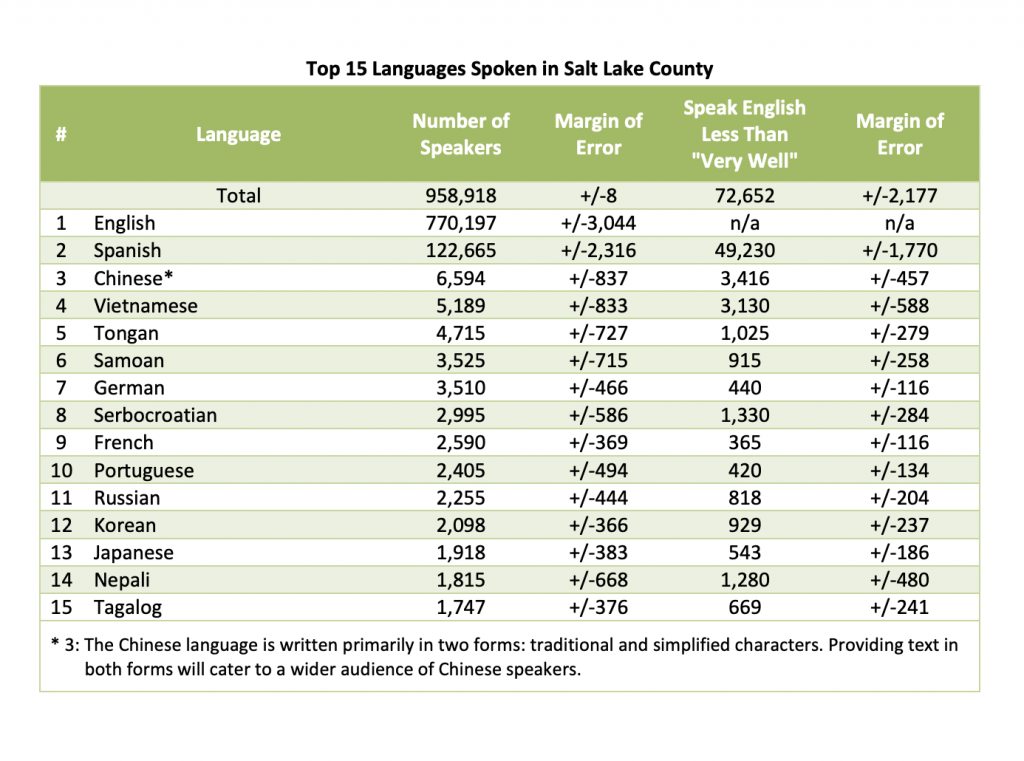
Tip #5: Use of Visual Materials
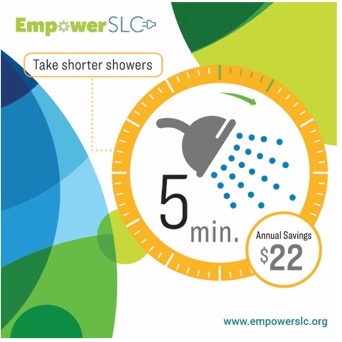
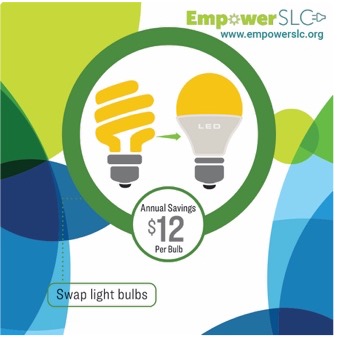
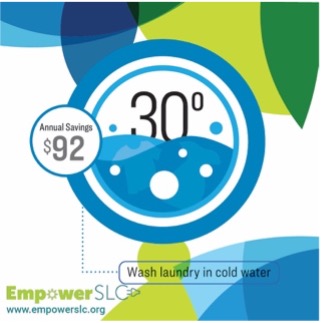
Arlene Birt, an expert in sustainability-focused visual storytelling, stated “people following directions with illustrations do 323% better than those following text directions alone” during her “Visual Storytelling: Putting Date into Context” webinar. As part of Empower Communities approach to community education, we developed materials with a simple visual element rather than written explanations to help non-native English speakers learn how live an energy-efficient lifestyle.
For our lesson with the IRC, we created video demonstrations of various energy saving tips, like changing out old bulbs for LEDs or setting your washing machine temperature to the cold setting.
Conclusion
As we work to reduce energy burdens and collectively solve the climate crisis, underserved communities need to be at the center of the conversation and the center of the solutions. Programs that seek to address language or cultural barriers, like Empower Communities, are an important part of this. Learning how to best address these barriers is an ongoing and evolving learning process that Utah Clean Energy is proud to be a part of.




